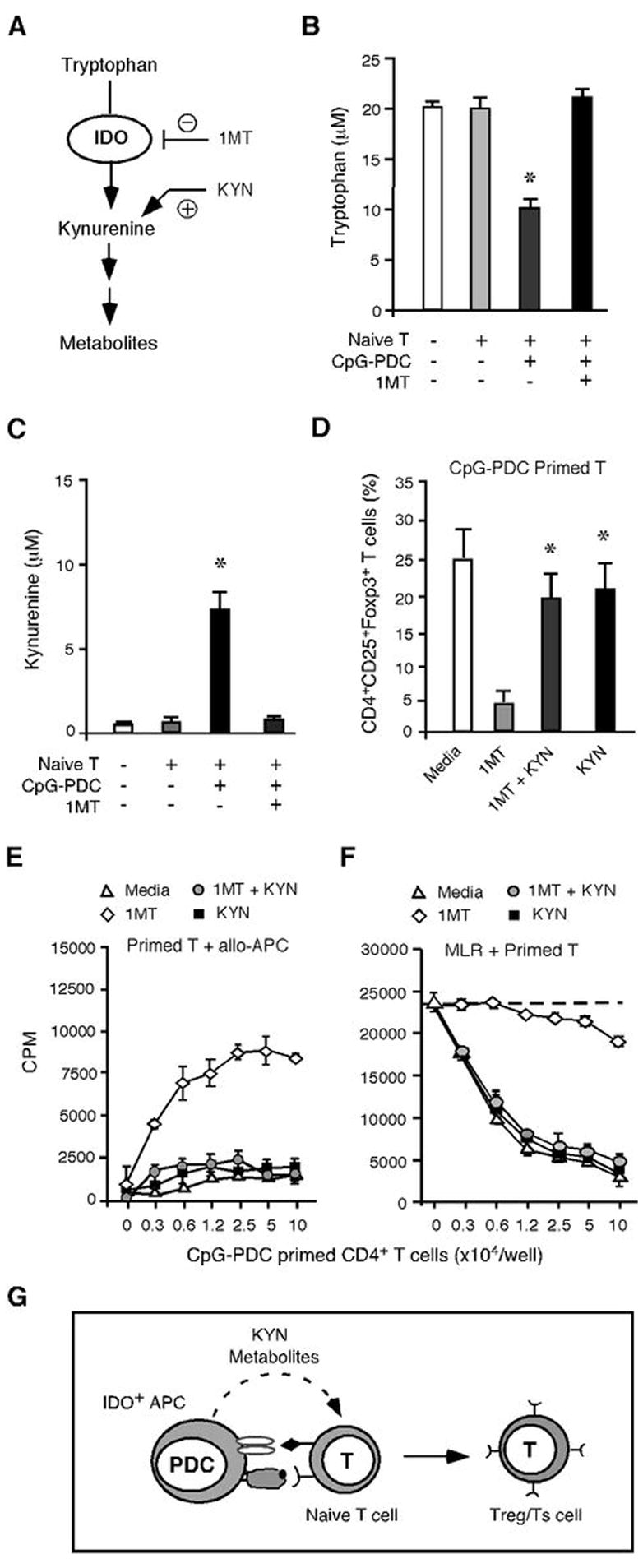Figure 5. Tryptophan metabolites of IDO pathway are critical for CD4+ Treg induction.

(A) Schematic representation of IDO pathway and Tryp catabolism. (B), (C) Culture supernatants collected at d 7 from media alone, naïve CD4+ T cells cultured with or without ODN 2006-PDCs and 1MT were measured for Tryp and KYN by HPLC analysis. The data shown are results from two experiments of different donors and are expressed as the mean ±SD. *, p < 0.01 (compared CpG-PDC-T cell cultures with or without 1MT). (D) The percentage of CD4+CD25+Foxp3+ Tregs generated in ODN 2216-PDC primed allogeneic naïve CD4+ T cell cultures with or without 1MT and/or KYN was determined at d 7. The data shown are aggregated results from three experiments of different donors and are expressed as the mean ±SD. *, p < 0.01 (compared KYN, KYN/IMT with 1MT cultures). (E) Naïve CD4+CD25− T cells primed with ODN 2216-PDCs with or without 1MT and/or KYN were plated at graded doses as responders to irradiated PBMC from the PDC donor in an MLR assay. (F) Naïve CD4+ T cells primed with ODN 2216-PDCs with or without 1MT and/or KYN were plated into an MLR assays where freshly isolated autologous naïve CD4+ T cells were stimulated with irradiated allogeneic PBMC. (G) Schematic representation of KYN-pathway metabolites as a critical signaling event employed by PDCs to promote Treg generation.
